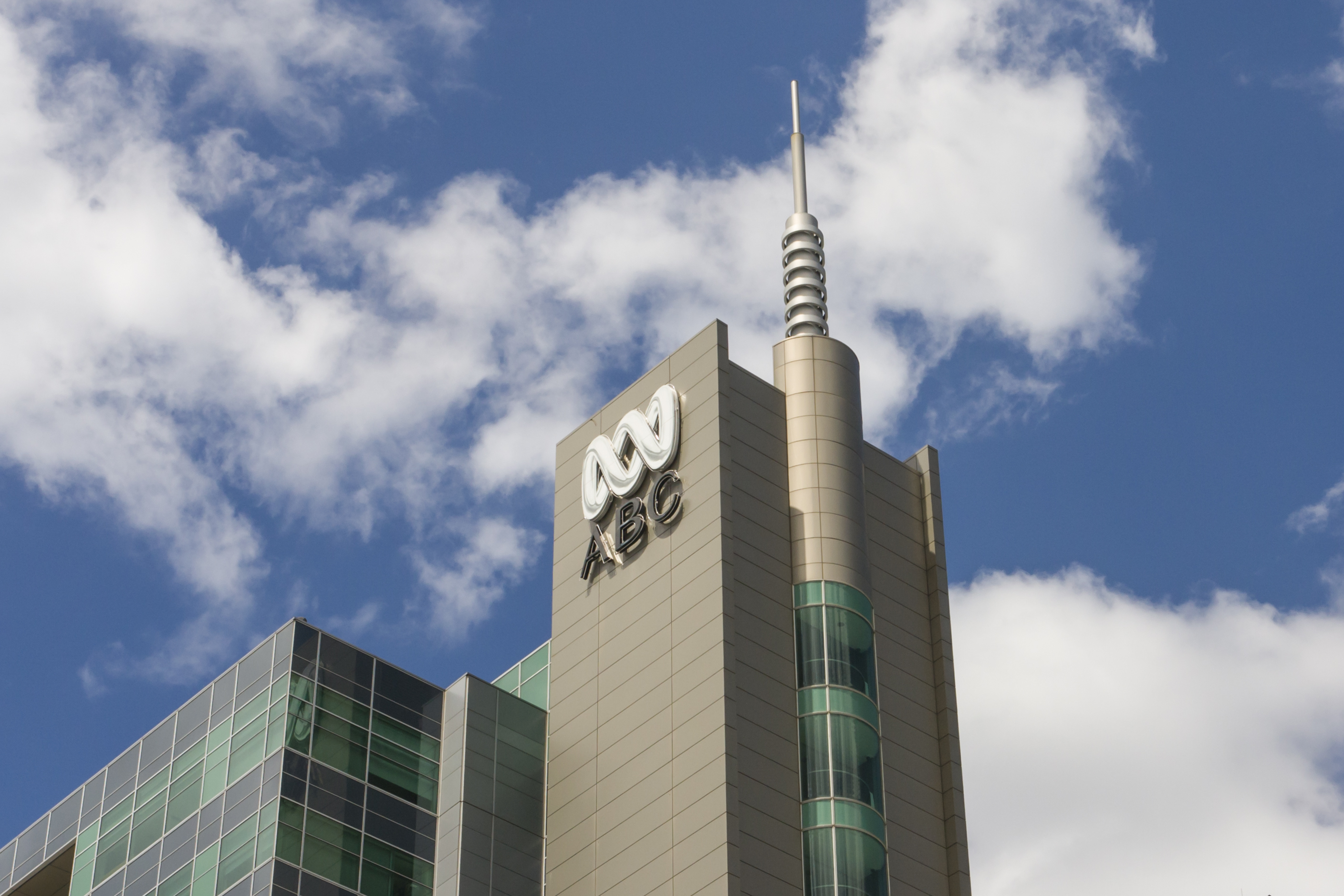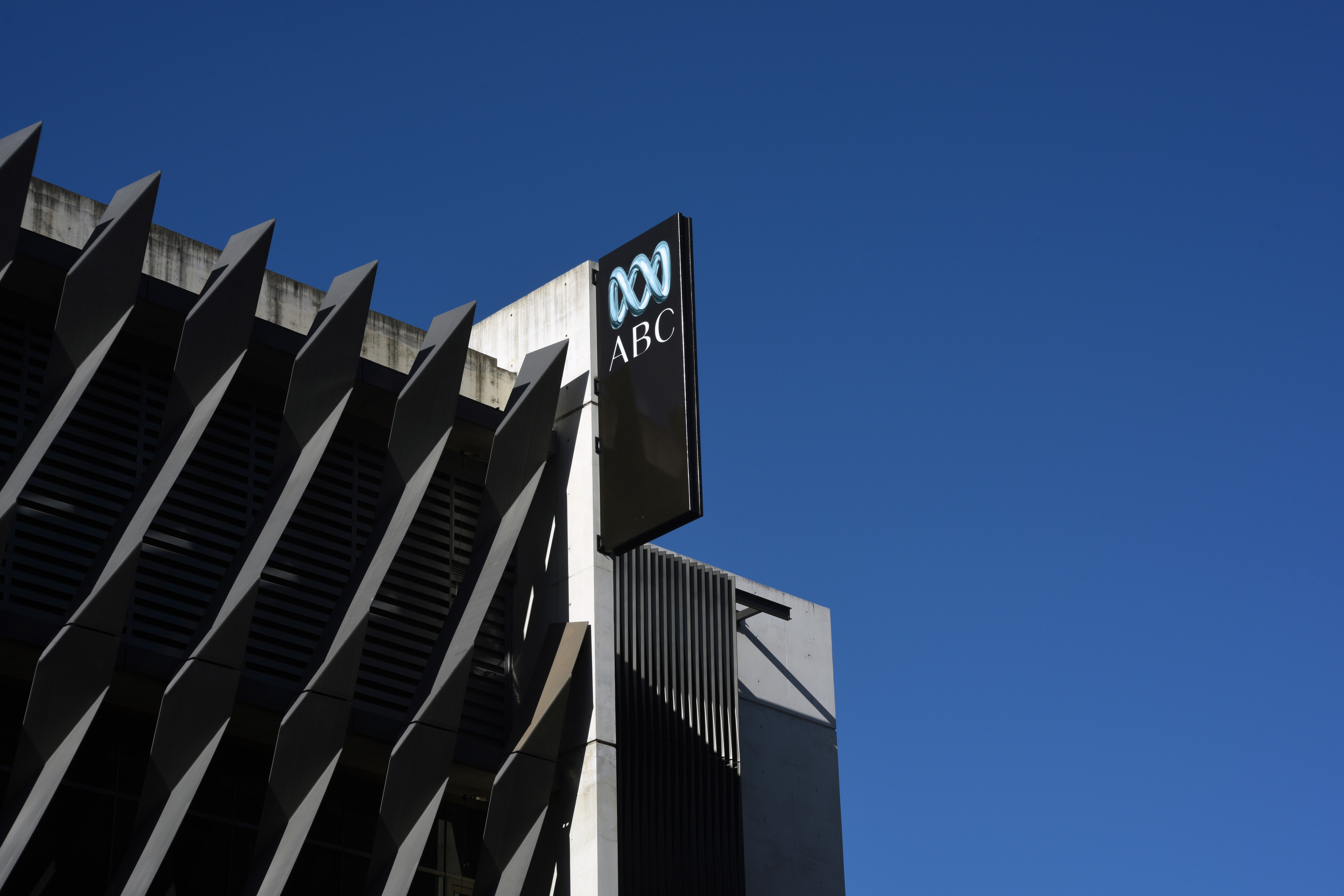With declining revenues and closures taking its toll on local news services, the ABC is playing its part in maintaining coverage despite its own financial pressures.
Local news coverage has been outlined as a key priority for the Australian Broadcasting Corporation (ABC) in its Five Year Plan 2020-2025. Part of the public broadcaster’s revised strategy includes restructuring and de-centralising newsgathering to improve its local and regional news coverage and to move away from inner-city reporting as a way of getting “closer” to all Australians.
With many Australian outlets grappling with the additional financial pressures of COVID-19, the ABC acknowledged in its plan that it may be required to focus greater resources on local coverage. However, the corporation also stated that “There should be no suggestion that the ABC could fill all the gaps left by the loss of local outlets. Not only would this further stretch already strained resources, but a healthy media sector depends on having multiple providers.”
This week it was re-emphasised that while the ABC News team has been “forced to work harder to produce local coverage for communities, including placing reporters in outer suburban centres and remote areas”, it is already under immense financial pressure due to major budget cuts that have resulted from a funding freeze approved by the Coalition government in 2018.
Last year, ABC announced changes and cuts to jobs, programming and services to make up for a shortfall of A$84 million across three years. Even though local radio stations in Australia’s eight capital cities attract around two million listeners a week, part of ABC’s cost-cutting proposals include reducing the length of or cutting bulletins on its local radio services.
Expected to do more with less
Time and again, the ABC has proven its vital contribution to society, especially during times of crises at a local and national level. During Australia’s 2019-2020 bushfire season, the public broadcaster ensured that local communities had access to up-to-date and trusted information that was relevant to their communities by airing extensive, rolling emergency broadcasts. These cost an additional $3 million, for which it received no additional funding. Yet the ABC is still expected to do more with less.
One way that the ABC believes it can still support local services is by strengthening local connections, collaborations, and partnerships. Throughout the COVID-19 pandemic, it has provided support to the production industry and freelancers across Australia by committing $3 million to its Fresh Start Fund.
Under the News Media and Digital Platforms Mandatory Bargaining Code, the public broadcaster has also confirmed intentions to reinvest any additional revenue that it receives from digital platforms that use ABC News content into local and regional services.
Without journalists being able to report on issues that matter most to local communities and hold local authorities to account, this crisis in news coverage will have wider repercussions for democracy. A healthy media ecosystem also relies on a diversity and plurality of sources. In Australia, this includes its public broadcasters co-existing, collaborating with and supporting other media outlets.
Header Image: Queensland headquarters of the Australian Broadcasting Corporation at South Bank, Brisbane. Credit: Scott Kenneth Brodie/iStock
Related Posts
14th July 2020
ABC Update: Cuts and AFP continue to challenge public broadcaster
The latest developments from the public…



